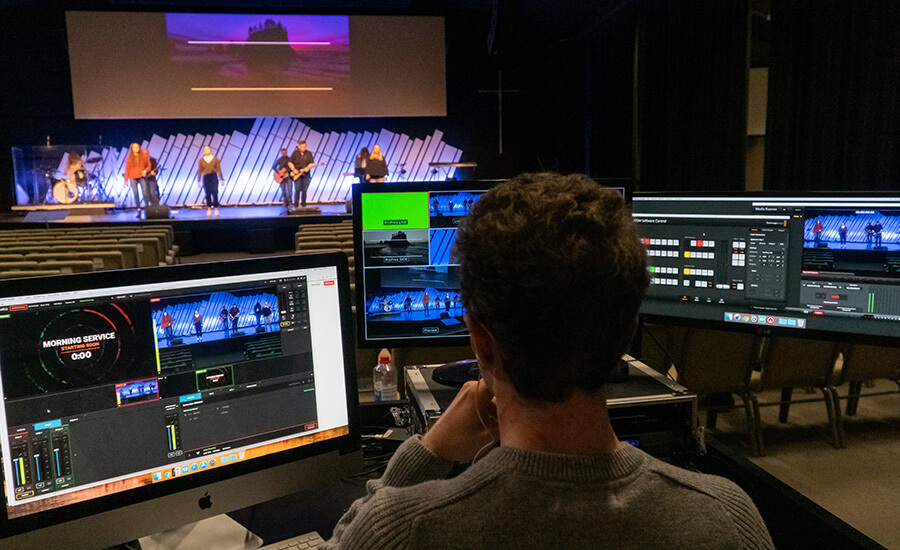Mastering the Essentials of Audio Transmission in Audiovisual Devices for Optimal Output
Wiki Article
In order to comprehend the way AV devices functions, it is crucial to understand the principle of signal flow. The signal flow denotes the path that audio and video signals take from their origin to their endpoint. This process starts with input devices devices microphones and cameras, which capture sound and visuals. Grasping this procedure is crucial for anyone who wants to ensure optimal performance during presentations, concerts, or various occasion that relies on AV technology.

The first step in signal flow includes input that gather information. For example, a microphone converts audio vibrations into electric transmissions. Similarly, a camera converts illumination into video data. These devices function as the initial point for any audiovisual configuration. Once the signals are gathered, they must be transmitted to a mixer or a control system that assists to manage the various sources. This component is responsible for modifying volumes, adding enhancements, and ensuring that the transmissions are clean and distortion-free before they move on to the subsequent stage.
After the mixer, the signals must be transmitted to amplifiers and signal processors. Amplifiers boost the strength of audio transmissions, making them more powerful and more powerful. On the flip hand, video processing units improve the quality look at this now of the image information. These elements are vital for preserving the integrity of the transmissions as they travel through the setup. Proper boosting and tuning guarantee that both audio and visual output are of top quality, which is crucial for spectator engagement and total experience.
The subsequent stage in signal is the output stage, where the processed signals are delivered to output, such as speakers and projectors. Speakers change electrical signals back into audio, allowing the spectators to hear the sound clearly. Projectors display visual data on a screen, rendering it available to everyone in the venue. The way these output are configured can significantly affect the entire performance of the AV system. For instance, the placement of sound systems can influence how audio travels through a room, affecting how well the audience perceives the audio.
Finally, monitoring the signal is crucial to guarantee all components functions smoothly during an occasion. AV professionals often use oversight equipment to check volumes and discover here perform adjustments in real-time. This oversight helps to identify and fix potential problems that may occur, such as feedback in audio or distortion in video. By mastering the basics of signal flow, AV technicians can ensure that every occasion operates smoothly, providing a high-quality experience for all participating. Understanding this procedure not only improves technical skills but also cultivates a deeper appreciation for the complex systems that make audiovisual encounters feasible.